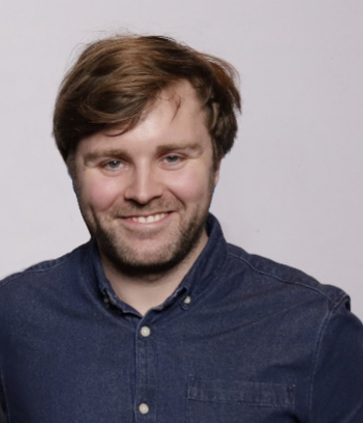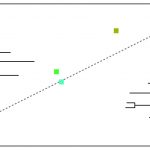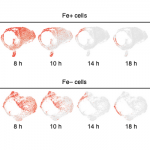Recognizing The Plant Cell author Niklas Klusch
 Niklas Klusch, first author of A ferredoxin bridge connects the two arms of plant mitochondrial complex I
Niklas Klusch, first author of A ferredoxin bridge connects the two arms of plant mitochondrial complex I
Current Position: PhD student, Max Planck Institute of Biophysics
Education: BSc in Biology, MSc in Cell Biology and Physiology, Goethe University Frankfurt/Germany
Non-scientific Interests: Travelling, Squash, Movies
Brief bio: I studied Biology at Goethe University in Frankfurt, Germany, for my Bachelor. For the MSc program I started to focus on processes in living cells. I was most fascinated by the oxidative phosphorylation pathway, a process that is fundamental to life. It takes place in mitochondria, the powerhouses of the cell, and generates ATP, an essential molecule for biochemical mechanisms. The production of ATP depends on a chain of protein complexes that pump protons across the inner mitochondrial membrane and fuel the final enzyme of the pathway, which is the ATP synthase. Realizing that understanding the mechanics of ATP production needs a deeper knowledge of the structure of the protein complexes involved, I began to work as an undergraduate in the department of Structural Biology at the Max Planck Institute of Biophysics. In the group of Werner Kühlbrandt, I became part of the so-called resolution revolution. I learned the technique of electron cryo-microscopy (cryo-EM) that now allows protein structures to be determined in tremendous detail. I used cryo-EM to analyse the shape of mitochondria and to investigate the protein complexes I had purified. The work as an undergraduate led on to a PhD project to investigate unknown structural features of the ATP synthase at high resolution, which resulted in two first-author papers in eLife and Science. Since then I turned to complex I of the oxidative phosphorylation pathway. Complex I is highly conserved, but no details were known about its structure in plants and algae. Biochemical studies had shown that the plant complex contained additional subunits that are absent in mammals, fungi and bacteria. However, the role of these domains was unknown. With the help of Werner Kühlbrandt and our collaborator Hans-Peter Braun at the University of Hannover, Germany, I was able to work out the complex I structure of both plants and algae by high-resolution cryo-EM, and to publish them in The Plant Cell.




